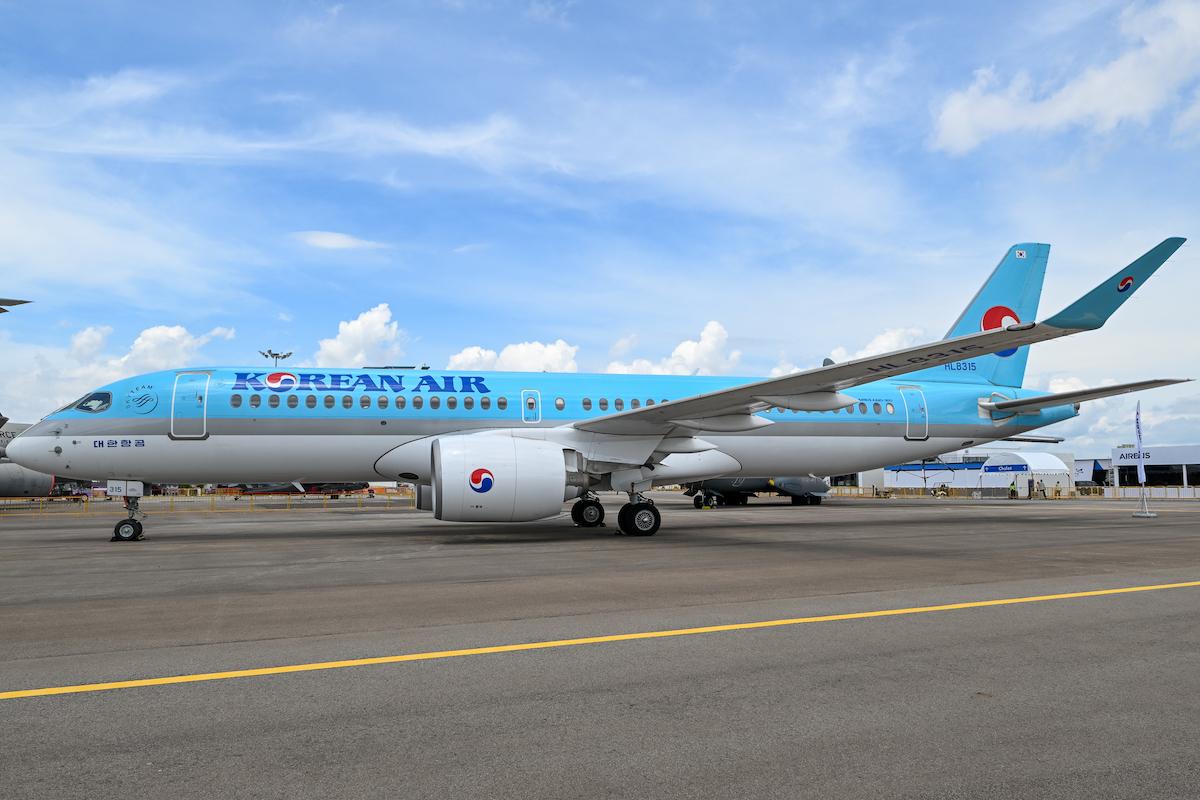
The Singapore Airshow opens this week with a dramatically changed airline landscape across Asia compared with when the last show was held.
The last Singapore Airshow, in February 2020, occurred just before the global spread of the COVID-19 pandemic. Concerns about the virus meant the air show was reduced in scale and participation, but few then would have anticipated the effects still being felt as sharply two years later.
For airlines and airports in the region, including Singapore Airlines (SIA) and Changi Airport, which depend on international routes, the impact has been devastating. International traffic remains down by more than 93% compared with 2019 levels.
Beyond the efforts to ramp up operations as borders slowly re-open, major airlines are restructuring, forming new partnerships and merging.
Most significantly, Korean Air is moving ahead with its planned merger with Asiana, which is also based in Seoul. The deal requires approvals from multiple regulatory authorities and Korean Air has already received clearances from Malaysia, Taiwan, Turkey and Vietnam; while Thailand and the Philippines confirmed they would not require such applications. Australia, China, Japan, the European Union, the UK and US, as well as the South Korean Fair Trade Commission, must also give the green light. But Singapore gave its approval this month, with the Competition and Consumer Commission of Singapore saying the merger would not violate Singapore’s competition laws. The regulator noted that the Korean-Asiana combination would still face “a high degree of competition” from Singapore Airlines in the Singapore-Seoul passenger market.
Once integrated, Korean Air would become a new powerhouse in Asia and globally, given its partnership with Delta Air Lines. Throughout the pandemic, Korean Air has managed to stay profitable in large part because of how it pivoted to cargo.
But the fortunes of other Asian airlines still hang in the balance.
Garuda Indonesia is looking to complete its restructuring in 2023 and the emerging airline will be both smaller and more focused on domestic routes; a pattern being seen among major carriers across the region.
Garuda has entered a new commercial partnership with SIA in which they would cooperate on tourism marketing—including a possible frequent flyer alignment—and possibly cargo and MRO operations.
Almost all airlines in the regions—full service and LCCs—have sought to renegotiate aircraft lease terms and those deals will have long-term effects on when airlines are ready to begin fleet renewal talks.
But out of the new partnerships and restructurings will come innovation, new city pairs and startups. While commercial activity at Singapore Airshow ’22 is subdued, Singapore Airshow ’24 could see new names and new deals.





